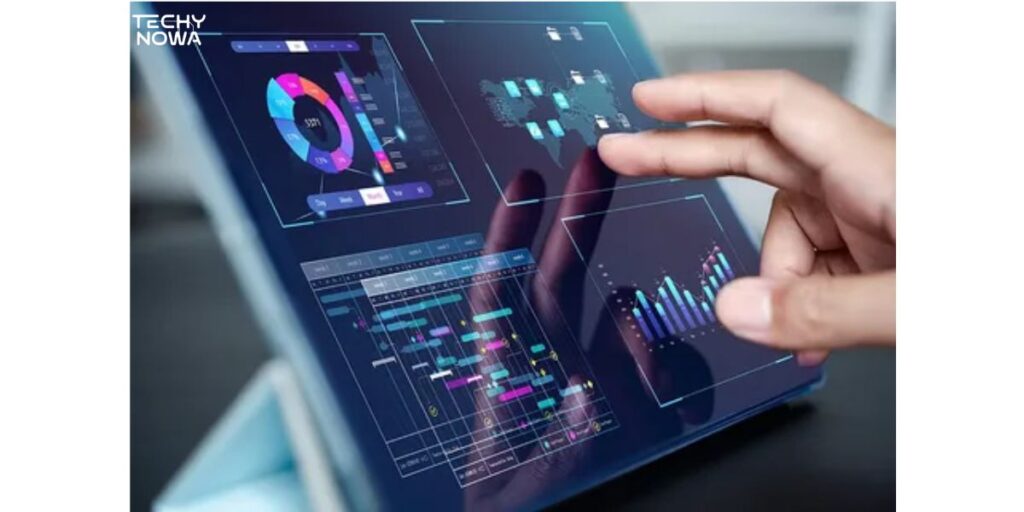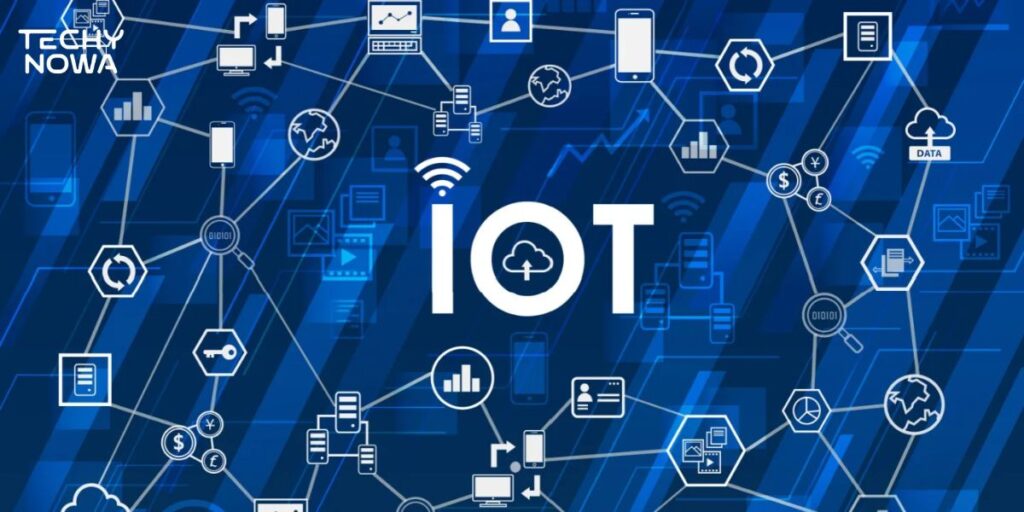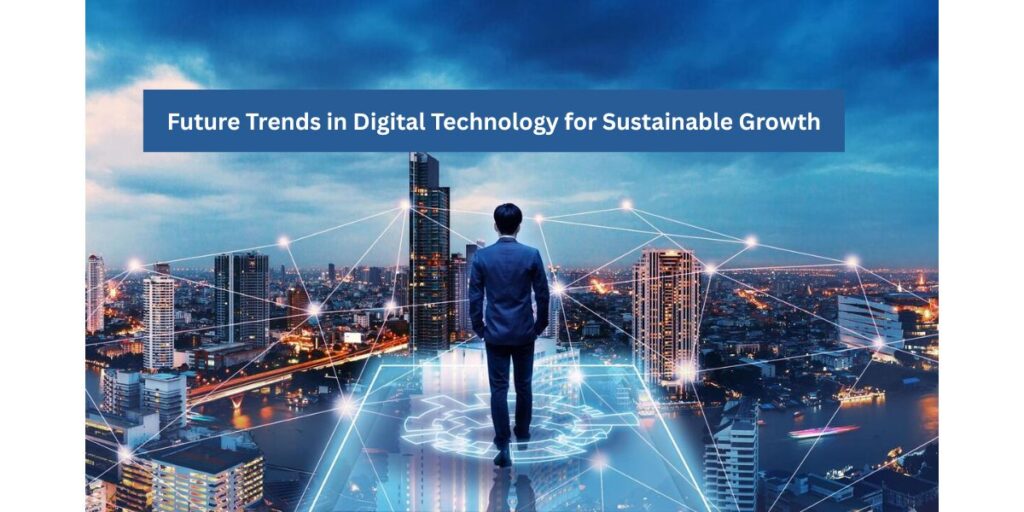Mastering digital tech time is key to future success. Technology shapes how we work, learn, and live. Using time wisely in the digital world boosts productivity. It helps you focus on what truly matters. Managing tech use prevents burnout and stress. Smart digital habits prepare you for new innovations. Balancing screen time and real life is essential. Start mastering your digital tech time today for long-term growth.
What is the Digital Transformation Strategy in the Utility Industry?
It is a plan to modernize operations using advanced technologies. It focuses on improving efficiency and customer service. Utilities adopt tools like IoT, AI and advanced analytics. These tools help predict problems and optimize energy flow.
Benefits include:
- Better grid reliability
- Faster decision-making
- It is about moving from reactive to proactive operations.
This strategy also supports sustainability and innovation. It helps manage distributed energy resources effectively. Utilities can deliver more personalized customer experiences. Data-driven decisions improve performance and reduce waste. It encourages collaboration across teams and partners. Technology adoption aligns with long-term business goals. In the end, it creates a smarter, more resilient energy system.
Related guide: Understanding 127.0.0.1:62893: A Comprehensive Guide
How to Thrive in a Tech-Driven World: Digital Workplace Tips

It requires smart workplace habits. Stay updated with the latest digital tools. Use cloud platforms for easy collaboration. Manage your time with productivity apps. Keep learning to adapt to new technologies.
Clean up your Digital Space
A tidy digital space boosts focus. Delete unused apps and files. Clear your desktop of clutter. Organize folders for quick access. Remove duplicate documents. Keep only what you need. Make cleaning a regular habit.
Use Productivity Apps
Productivity apps help manage tasks. They keep your work organized. Choose apps that fit your needs. Use them to set reminders. Track progress on projects easily. Sync across all your devices. Stay consistent with your usage.
Create a Digital Calendar
A digital calendar organizes your schedule. Add meetings and deadlines in advance. Set alerts for important events. Color-code different tasks or projects. Share it with your team if needed. Review it daily for updates. Make it part of your routine.
File Organization
Good file organization saves time. Create clear folder structures. Name files in a logical way. Use cloud storage for safety. Archive old but important files. Avoid saving documents in random places. Review and update your files regularly.
Regularly Back Up Your Data
Backing up data protects you from loss. It keeps your important files safe. Use cloud storage for easy access. External drives are also a good option. Automate backups to save time. Check backups to ensure they work. This habit gives peace of mind.
Do Not Multitask
Multitasking reduces focus and quality. It can lead to more mistakes. Work on one task at a time. Use a task list to stay organized. Take short breaks between tasks. Avoid distractions while working. This improves productivity and accuracy.
Set targets
Targets give you direction and purpose. They help you measure progress. Break big goals into smaller ones. Set realistic and achievable deadlines. Track your performance regularly. Adjust targets when needed. Clear goals keep you motivated.
Digital Detox
A digital detox means taking a break from screens. It helps reduce stress and eye strain. You can start by setting no-phone times. Spend more time outdoors or with family. Limit social media scrolling each day.
- Turn off unnecessary notifications
- Use apps to track screen time
- This break improves focus and mental health.
Be consistent
Consistency builds good digital habits. Set a routine for tech use daily. Follow the same schedule for work and rest. Avoid overusing devices late at night. Track progress to stay motivated. Small steps done daily bring big results. It keeps your digital life balanced and healthy.
Related guide: Best AI Tools For Making Pinterest Graphics In 2025
Integrate Quixy for Workflow Automation
Quixy helps automate repetitive tasks. It reduces manual work in daily operations. The platform is easy to set up. It allows building workflows without coding. You can customize forms and reports easily. It also connects with other business apps. This improves efficiency across teams.

Using Quixy saves time and resources. It ensures tasks are completed faster. Automated workflows reduce human errors. You can track progress in real time. It supports better decision-making. Teams can focus on high-value work.
It boosts productivity and growth.
Understanding Smart Grid and IoT for Digital Transformation Strategy in Utilities
A smart grid is an advanced electricity network. It uses digital technology to manage power flow. Data helps detect problems faster. It improves efficiency and reliability. Smart meters track energy use in real time. It supports renewable energy integration. This system makes power delivery smarter and safer.
IoT connects devices in the utility network. It collects and shares data automatically. Sensors monitor equipment and usage. This reduces downtime and maintenance costs. Real-time data improves decision-making. IoT supports automation in utility services. It drives efficiency and customer satisfaction.
Waltero’s Contribution to Digital Transformation
Waltero plays a key role in digital transformation. It helps businesses move from manual to digital processes. The platform improves efficiency for all teams. It offers tools that save time and reduce errors. Waltero supports cloud-based operations for flexibility. It also makes data management easier and faster. This helps companies adapt to modern work needs.
Waltero focuses on integrating technology into daily workflows. It connects different tools into one system. This reduces the need for switching between apps. The platform also supports automation for repetitive tasks. It improves productivity across all departments. Waltero helps organizations stay competitive in the digital age. Its impact is seen in both small and large businesses.
Software Development for Better Performance
Software development focuses on creating programs that run efficiently. Good development practices improve speed and stability. Developers use optimized code to reduce errors. Testing ensures the software works well. Updates keep the system secure and fast. Performance is the main goal of every step.
Better performance means faster loading and smoother operation. It helps users save time and avoid frustration. Developers choose tools that work best for the project. They monitor performance after release. Issues are fixed quickly to keep quality high. This leads to a better user experience.
Real-World Success: Smart Grid and IoT Implementations

Real-world projects show the power of smart grids and IoT. They improve energy use and cut waste. Cities use them to manage power better. These systems make daily life more efficient.
Italy’s Smart Grid Innovation (Enel Telegestore Project)
Italy launched the Enel Telegestore project to modernize energy use. It introduced millions of smart meters nationwide. The system helps track electricity in real time. It reduces energy waste and improves billing accuracy. Consumers can monitor their usage easily. The project is a model for other countries. It shows how smart grids can transform energy management.
UK’s Smart Meter Rollout Reduces Carbon Emissions
The UK started a smart meter rollout to lower emissions. Smart meters show real-time energy data. This helps households use less electricity. Lower usage means less carbon output. The program also improves billing transparency. Many homes have already joined the scheme. It is a step toward a greener future.
India’s Ambitious IoT-Based Metering
India is introducing IoT-based meters for better energy control. These meters send data instantly to providers. It helps track and fix issues faster. The system supports renewable energy integration. Millions of households will benefit from the project. It aims to cut waste and save costs. The plan is one of the largest in the world.
Smart Water Management in Barcelona
Barcelona uses smart technology to manage water. Sensors track water flow across the city. This reduces leaks and waste. Real-time data helps plan water use. It improves supply during high demand. The system supports environmental goals. The project is a model for sustainable urban living.
The Role of AI and Machine Learning in Digital Transformation
AI and machine learning make tasks faster and smarter. They help businesses predict trends and improve services. I used an AI chatbot to answer customer questions quickly, and it saved hours of work. This experience showed how AI tools can boost efficiency and create a better digital future.
Future Trends in Digital Technology for Sustainable Growth

New tech like 5G, blockchain, and green energy is shaping the future. These tools improve speed and reduce waste. I once joined a project using cloud storage to cut paper use, and it saved costs. This experience proved that digital growth can support both progress and sustainability.
Frequently Asked Questions
What is a smart grid?
A smart grid is a modern energy network. It uses technology to improve power use.
How do smart meters work?
Smart meters track energy use in real time. They send data to providers automatically.
Why are IoT devices used in energy systems?
IoT devices help monitor and control energy. They improve efficiency and reduce waste.
Can smart grids help the environment?
Yes, they reduce carbon emissions. They promote cleaner and smarter energy use.
What is smart water management?
It uses sensors and data to control water use. This reduces waste and saves resources.
Which countries use smart grids?
Many countries use them, like Italy, the UK and India. They are growing worldwide.
Conclusion
Smart grids and IoT are changing how cities use resources. They make energy and water systems more efficient. Real-time data helps reduce waste and costs. Many countries are adopting these solutions. They also support cleaner and greener living. This is the future of smart infrastructure.
Projects in Italy, the UK, India and Barcelona show great results. They improve service for people and protect the environment. Technology makes management faster and more accurate. These systems will keep growing in the coming years. More cities will benefit from them. Smart solutions are here to stay.








